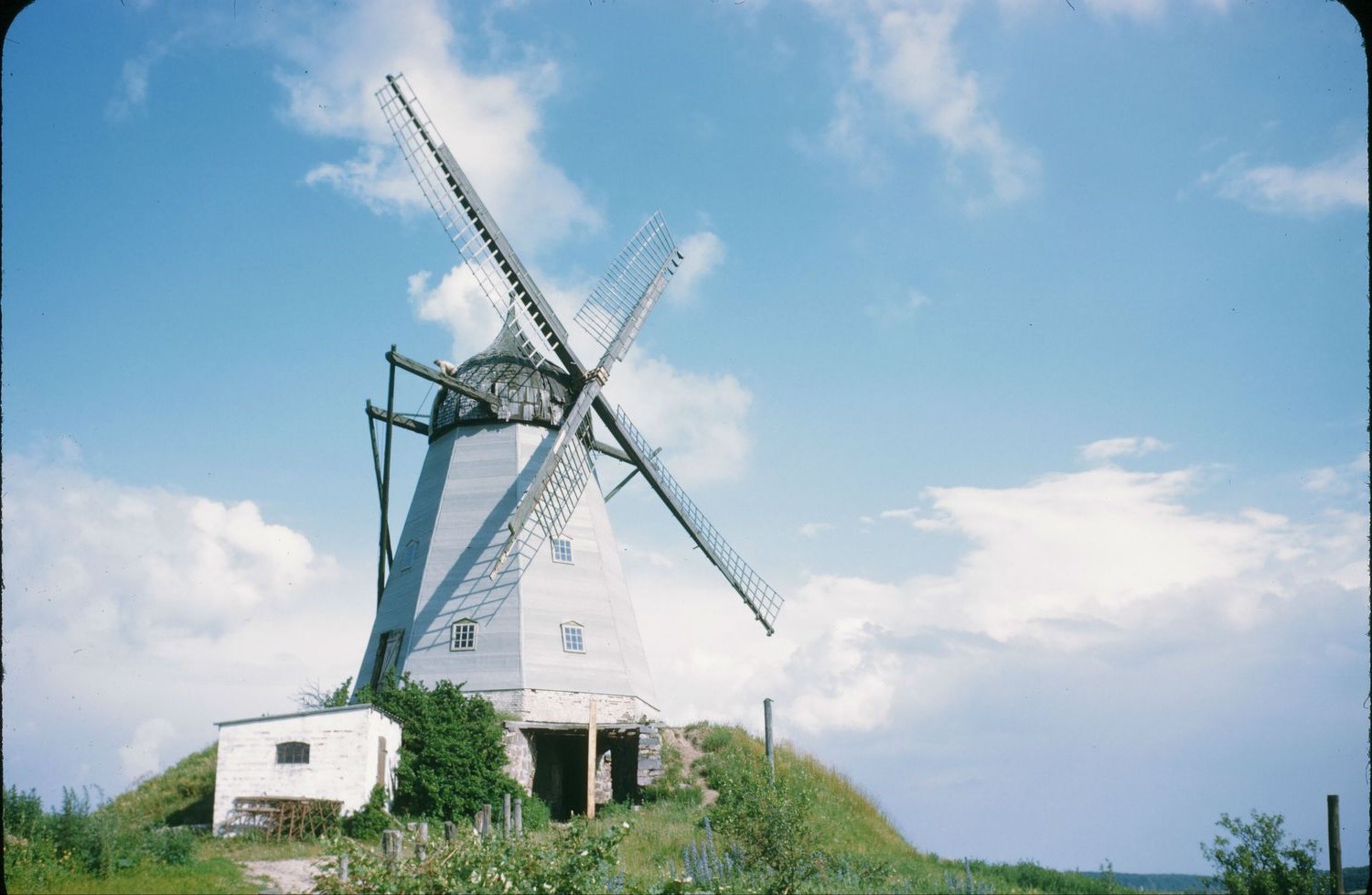
Ever wondered why windmills, those iconic structures dotting landscapes from Holland to the heartlands of America, get their own special day? National Windmill Day on May 11th is not just a nod to quaint countryside charm; it's a celebration of engineering marvels that have stood the test of time. Why do these structures deserve a spot on our calendars, you ask? Well, windmills have played a pivotal role in agriculture, energy production, and even in shaping the history of regions they're found in. From grinding grains to pumping water and generating power, their utility spans centuries. So, grab your hat, and let's breeze through the fascinating world of windmills. Ready to get your mind blown by some whirlwind facts?
Key Takeaways:
- National Windmill Day, celebrated on May 11th, honors the historical and cultural significance of windmills, highlighting their role in renewable energy and cultural heritage.
- Celebrate National Windmill Day by visiting windmills, participating in festivals, and learning about their ancient origins and modern significance.
What is National Windmill Day?
National Windmill Day, celebrated on May 11th, is a day dedicated to recognizing and appreciating the historical and cultural significance of windmills. Originating from the Netherlands, a country renowned for its picturesque landscapes dotted with windmills, this day serves as a reminder of how these structures have played a pivotal role in harnessing wind energy for various uses over centuries.
Why Do We Celebrate National Windmill Day?
-
Preservation of Heritage: Celebrating National Windmill Day helps in raising awareness about the importance of preserving these magnificent structures for future generations. Windmills are not just architectural feats but also symbols of innovation in early engineering.
-
Environmental Awareness: It emphasizes the importance of renewable energy sources. Windmills were among the first methods humans used to harness natural energy, making them early icons of sustainability.
-
Cultural Significance: Windmills hold a special place in the culture and history of many countries, especially in the Netherlands. They are a testament to human ingenuity in adapting to environmental conditions and utilizing available resources efficiently.
How Do People Celebrate National Windmill Day?
-
Visiting Windmills: Many windmills open their doors to the public on this day, offering guided tours and educational programs about their history and mechanics.
-
Festivals and Events: In some regions, festivals or events are organized, featuring traditional music, dances, and windmill-themed crafts, celebrating the cultural heritage associated with windmills.
-
Educational Programs: Schools and educational institutions often organize workshops and activities for students to learn about the science behind windmills and their role in sustainable energy production.
Interesting Facts About Windmills
-
Ancient Origins: The earliest known windmills were used in Persia around 500-900 AD. They were vertical-axis windmills, which are quite different from the more recognized horizontal-axis versions seen in Europe.
-
Dutch Windmills: The Netherlands is home to over 1,000 windmills. Some of these have been standing since the 16th century and were primarily used for draining water from the low-lying regions.
-
World's Largest Windmill: The largest windmill in the world is the Fauji Fertilizer Company Windmill in Pakistan, with a height of 260 feet. It's a modern wind turbine, showcasing how far windmill technology has evolved.
-
Windmills in Literature and Art: Windmills have been featured prominently in literature and art, symbolizing various themes from Don Quixote's battles against windmills to being serene subjects in paintings by Dutch masters.
Celebrating National Windmill Day is a way to honor these iconic structures that have stood the test of time, reminding us of humanity's long-standing relationship with renewable energy sources. Whether it's through participating in educational activities, exploring historical windmills, or simply appreciating their beauty and significance, May 11th offers a unique opportunity to connect with an important part of our cultural and environmental heritage.
A Final Spin on Windmill Day
National Windmill Day on May 11th isn't just another date on the calendar. It's a celebration of engineering marvels that have stood the test of time, shaping landscapes and lives. From their historical role in grinding grain and pumping water to their modern incarnation as symbols of sustainable energy, windmills remind us of humanity's ingenuity and our relationship with nature. Whether you're visiting a windmill, exploring their history, or simply appreciating their beauty in photos, this day offers a unique opportunity to connect with a pivotal piece of both past and present technology. So, next time May 11th rolls around, take a moment to look at the horizon—you might just see the sails of history and innovation turning in the wind.
Frequently Asked Questions
Was this page helpful?
Our commitment to delivering trustworthy and engaging content is at the heart of what we do. Each fact on our site is contributed by real users like you, bringing a wealth of diverse insights and information. To ensure the highest standards of accuracy and reliability, our dedicated editors meticulously review each submission. This process guarantees that the facts we share are not only fascinating but also credible. Trust in our commitment to quality and authenticity as you explore and learn with us.
